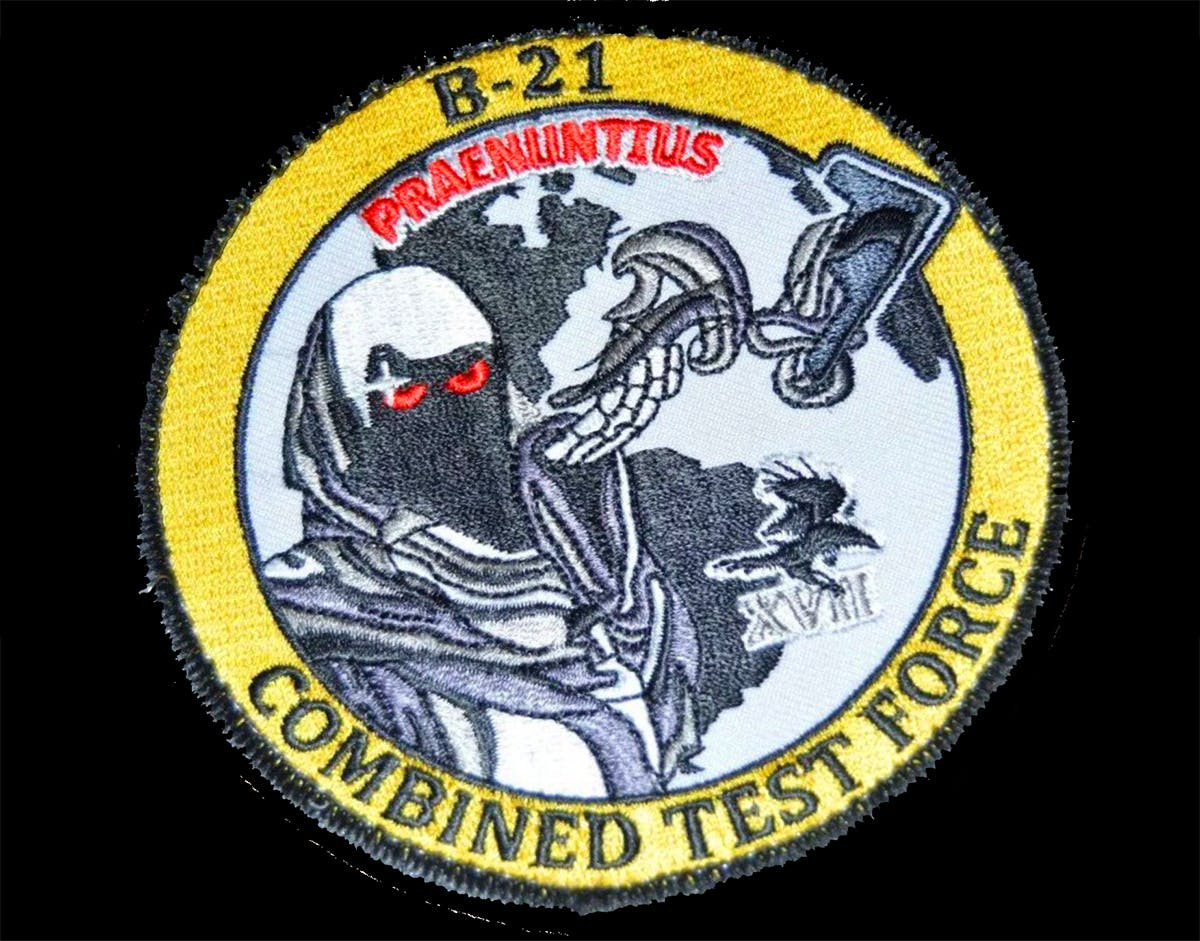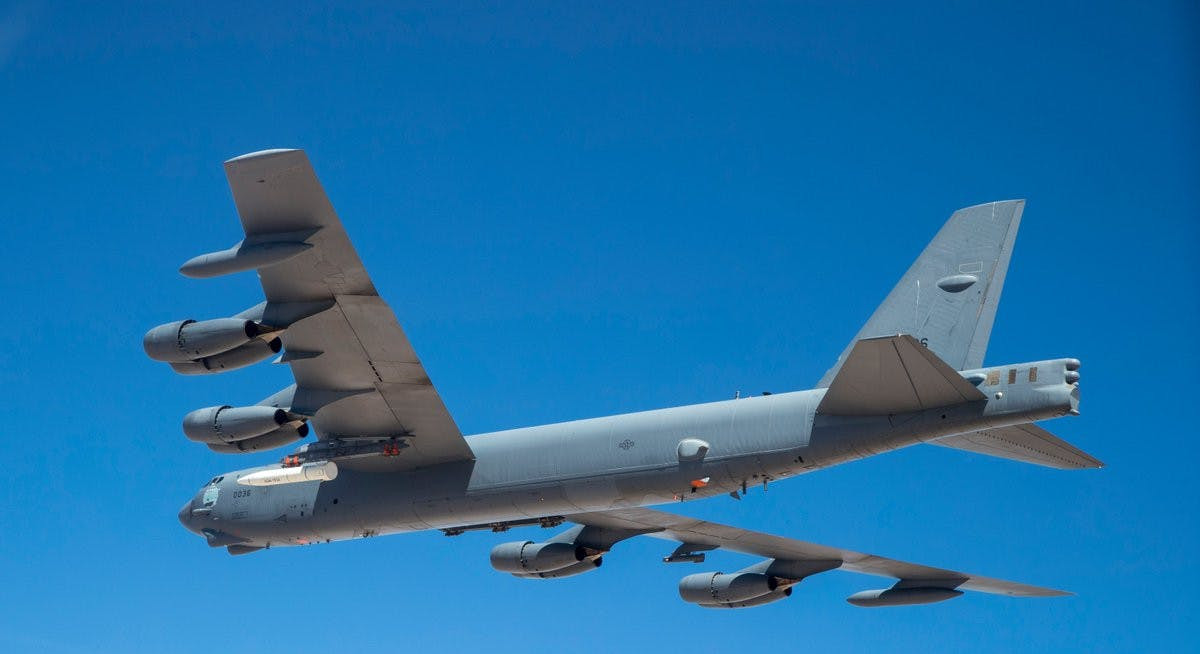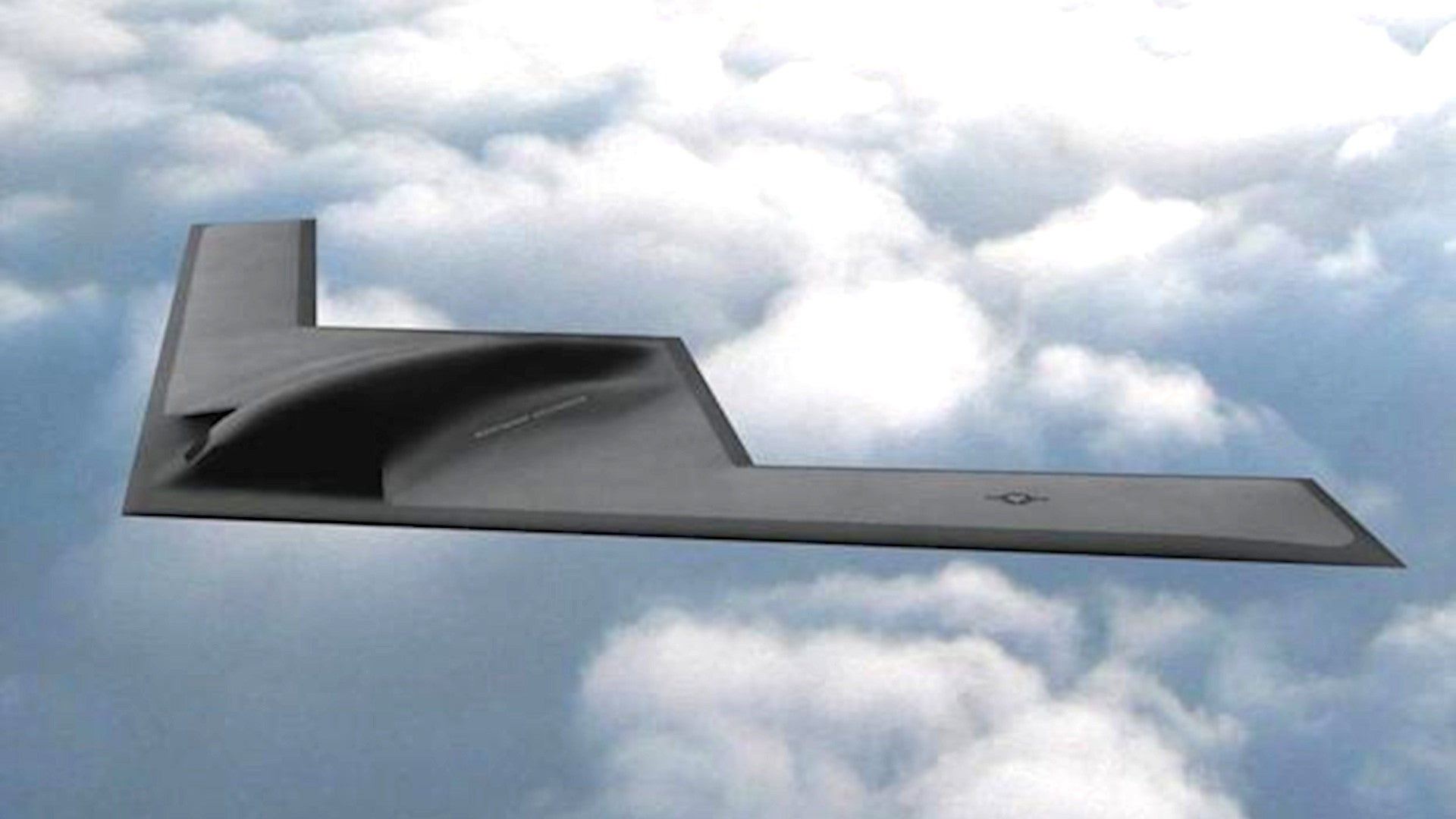The U.S. Air Force’s new B-21 Raider stealth bomber, which Northrop Grumman has been developing in extreme secrecy, is set to make its first flight on or about Dec. 3, 2021. The service had already previously revealed that the bombers would undergo their initial testing at Edwards Air Force Base in California and that it will base the first operational examples at Ellsworth Air Force Base in South Dakota in the mid-2020s.
Air Force Magazine was first to announce the date on Twitter, citing U.S. Air Force Vice Chief of Staff General Stephen Wilson, who was speaking at an event that the Air Force Association’s Mitchell Institute was hosting in Washington, D.C., on July 24, 2019. Wilson says he has a countdown feature on his wristwatch that says there are around 863 days left before the first flight, which gives the December 2021 date.
“Don’t hold me to it,” Wilson added with regards to the exact date, according to Air Force Magazine. His caveat is not surprising given that it is hardly uncommon for program schedules to slip, especially in the case of complex, advanced systems, such as stealth aircraft. Still, we do now know that the Air Force has a target date.
This comes just days after Acting Secretary of the Air Force Matthew Donovan visited Northrop Grumman’s B-21 Design and Development Headquarters in Florida to get an update on the program on July 19, 2019. Donovan took over from Secretary of the Air Force Heather Wilson, who resigned in May.
“We look forward to receiving the B-21 on time and incorporating it into our future force,” Donovan said in an official statement after meeting with the B-21 team “The B-21 will be a significant component of our Air Force as we continue to modernize to meet the National Defense Strategy and is a game-changing capability to win the high-end fight.”
Donovan’s Florida trip also included a visit to the X-37B Orbital Test Vehicle (OTV) Processing Facility at the Kennedy Space Center. The Air Force’s Rapid Capabilities Office (RCO) is in charge of B-21 program, as well as the equally secretive X-37B miniature space shuttle effort, and RCO’s director Randy Walden accompanied Donovan on his visit.

Beyond the revelation of the date of the B-21’s first flight, Donovan did not have much additional information to offer about the program’s progress. In April 2019, U.S. Air Force General Arnold Bunch had told Congress that the next major milestone for the Raider was a first flight, though he declined to say when that might occur. At the time, Bunch was a Lieutenant General serving as the military deputy to the Office of the Assistant Secretary of Defense for Acquisition at the Pentagon. He has since become the head of Air Force Materiel Command (AFMC).
“We’re still in our acquisition thresholds and baselines, and [the B-21] is executing the way we want,” Bunch had told lawmakers. “We got past [a] critical design review [in November 2018].”
The B-21 had passed its preliminary design review in 2017. The basic requirements for the bomber, including that it will have an optionally manned capability and will be able to employ nuclear weapons the moment it enters service, had been firmed up years before then.
Still, a first flight in 2021 further reinforces The War Zone‘s previous assessments that the Air Force is looking a very aggressive testing timetable given that the service expects the bombers to reach initial operational capability in mid-2020s. Beyond announcing that tests will occur at Edwards, there is also evidence that the service has already at least begun forming the actual test force to support that phase of the bomber’s development.
Earlier in July, the Air Force had also acknowledged that it was building the prototype B-21. “We’re closely monitoring the build of the additional test aircraft and associated software to support the first flight,” U.S. Air Force Chief of Staff General David Goldfein had said at an earlier Mitchell Institute event. It is very possible, if not likely, that earlier pre-production test articles and risk reduction prototypes have already flown. Northrop Grumman’s RQ-180 stealth reconnaissance drone may have also had a dual purpose in supporting these efforts.

In March 2019, former Secretary Wilson had also announced that Ellsworth Air Force Base in South Dakota, which presently hosts the 28th Bomb Wing, would be the first base to receive operational Raiders. The 28th presently flies B-1B Bone bombers, which are not nuclear-capable. Dyess Air Force Base in Texas, which is home to the 7th Bomb Wing, the service’s other B-1 unit, as well as Whiteman Air Force Base in Missouri, which hosts the B-2 Spirit stealth bombers of the 509th and 131st Bomb Wings, are next in line to get Raiders after Ellsworth.
“These three bomber bases are well suited for the B-21,” then-Secretary Wilson said in a statement at the time. “We expect the first B-21 Raider to be delivered beginning in the mid-2020s, with subsequent deliveries phased across all three bases.”
In his comments at the Mitchell Institute on July 24, 2019, Vice Chief of Staff Wilson noted that the Air Force was still finalizing its future bomber plans, too. The Air Force wants at least 100 B-21s, but “the general consensus is, we don’t have enough long-range strike capacity,” the general explained.
The Air Force has indicated that it will replace both the B-1s and B-2s with the new B-21s, a plan The War Zone has previously examined in-depth, but it could extend the service life of the two existing bombers to help provide additional capacity until sufficient numbers of Raiders are available. Wilson also said that the Air Force might look to expand its fleet of older B-52 Stratofortresses by regenerating bombers from storage in the bone yard at Davis-Monthan Air Force Base in Arizona, something it has only done twice before in order to replace losses due to accidents. Whatever courses of action the Air Force decides to proceed with could also run up against bilateral arms control agreements between the United States and Russia, another issue that The War Zone has explored in detail in the past.

“We continue to look at what that force will be for the future across the bomber force, what mix it will be,” Wilson told the gathering in Washington, D.C.
But whatever that mix looks like in the end, the B-21 will be at the center of the Air Force’s bomber force for decades to come and many people will surely now be setting their clocks to make sure they don’t miss the Raider’s first flight.
Contact the author: joe@thedrive.com
